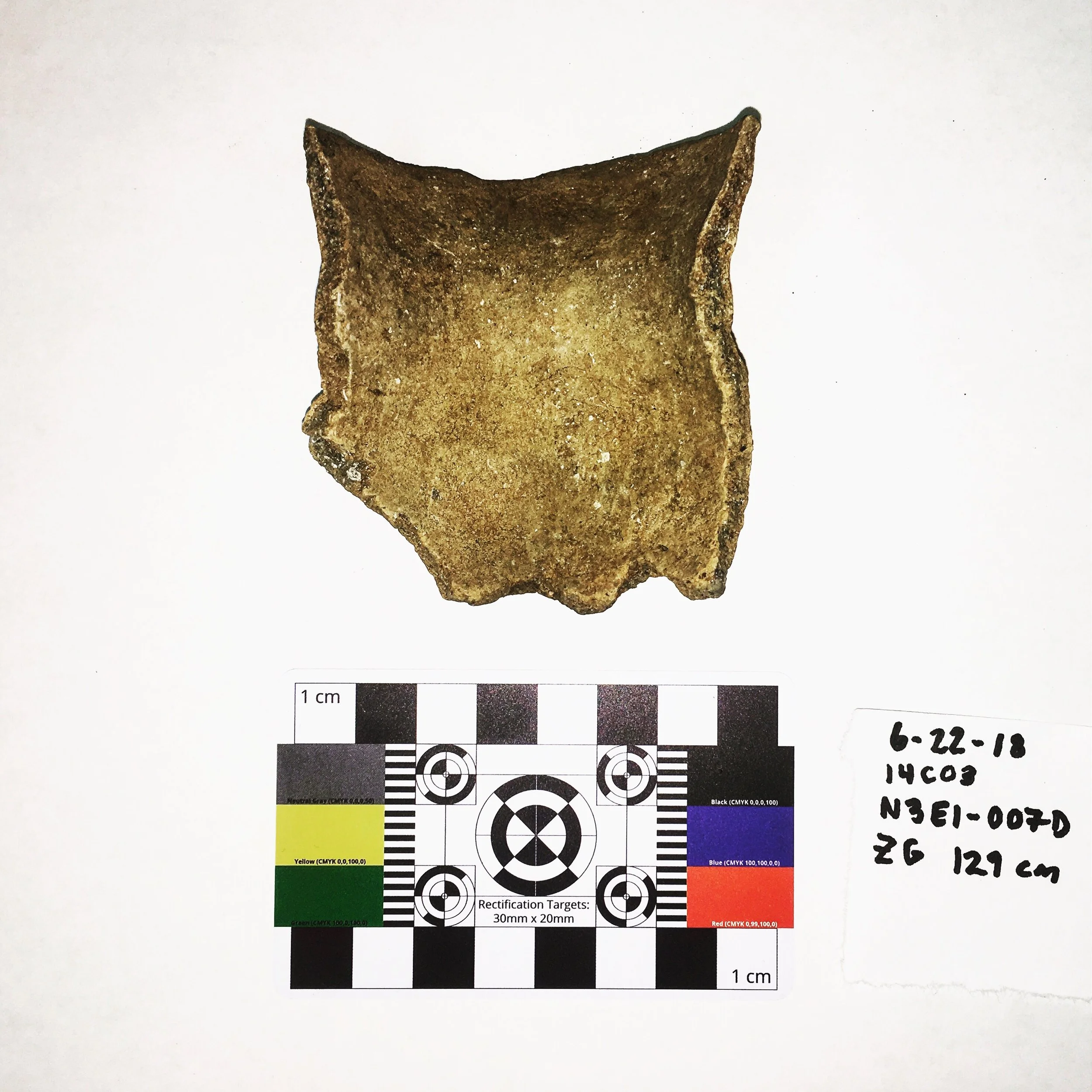etzanoa
Arkansas City, Kansas, USA
I have partnered with Dr. Crystal Dozier (Wichita State University) to analyze microfossil remains and chemical residues from artifacts associated with Etzanoa, one of the largest pre-Columbian indigenous settlements ever known to have existed in pre-contact North America.
Located near the Arkansas River in present day Arkansas City, Kansas, Etzanoa was a city built by a Caddoan-speaking subtribe of the Wichita people (or Kitikiti’sh), a confederation of Southern Plains indigenous groups. The city of Etzanoa, reported to have stretched for 26 miles along the Arkansas River, was first encountered by the 1540 expedition of Francisco Vázquez de Coronado in his search for the "seven cities of gold" (Winship 1904). A population estimated by the Spanish at between 12,000-20,000 people flourished here from approximately 1400 AD until approximately 1700 AD when Spanish aggression and epidemic disease compelled them to leave the area.

Residue Analysis Project
This research focuses on microbotanical residue analysis of Etzanoa culinary artifacts, including grinding stones and ceramics, and currently prioritizes starch identification. These data are complimented by bulk stable isotope collection from surface residues and ceramic fabrics as well as exploratory compound-specific testing.
